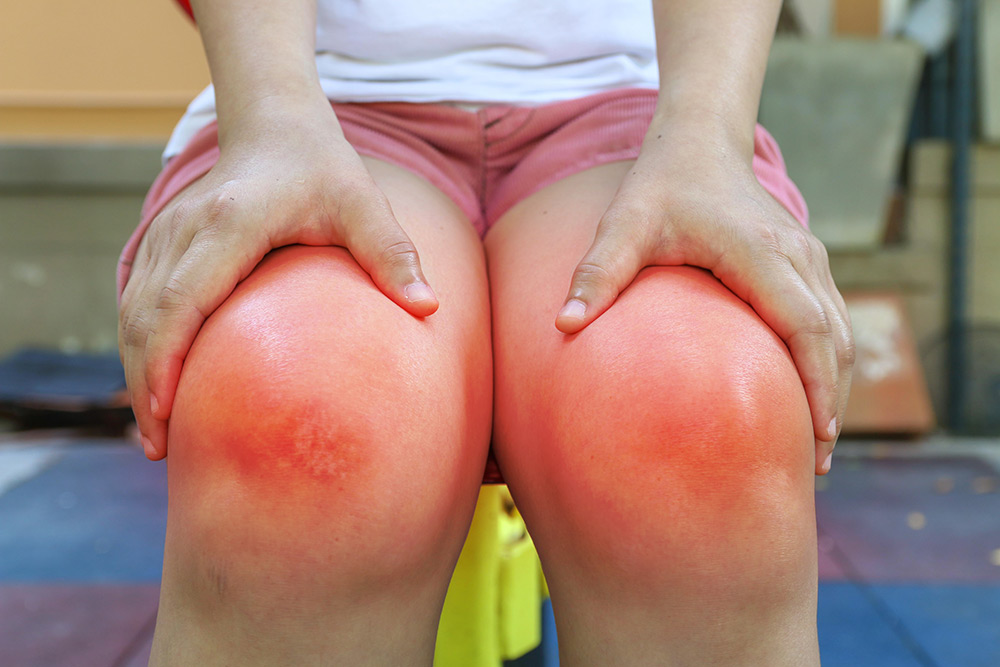
Arthritis is a term we often hear, but it can be shrouded in misconceptions. Is it just one disease? Does it only affect the elderly? This article dives deeper into the practical aspects of arthritis, answering common questions and exploring the realities of life with this condition.
Is Arthritis an Inevitable Part of Aging?
While the risk of developing certain types, like osteoarthritis (OA), increases with age, arthritis is not an inevitable consequence of getting older. It can affect people of all ages, including children (Juvenile Idiopathic Arthritis). Many factors beyond age contribute to its development, such as genetics, previous joint injuries, infections, and lifestyle factors like obesity. Maintaining a healthy weight and staying active are powerful tools for preserving joint health throughout life.
What’s the Difference Between Arthritis and Everyday Aches and Pains?
It can be tricky to distinguish, but key indicators of arthritis include:
- Persistency: Pain and stiffness that last for more than a few weeks.
- Morning Stiffness: A hallmark of inflammatory arthritis (like Rheumatoid Arthritis) is stiffness that lasts for 30 minutes or more upon waking.
- Swelling and Warmth: While a sprain might cause this, persistent swelling and warmth in a joint without a recent injury is a red flag.
- Functional Impact: Difficulty performing daily tasks, like opening a jar, climbing stairs, or walking, due to joint symptoms.
Everyday aches are usually short-lived and linked to a specific activity.
Can Your Diet Help Manage Arthritis?
While no single “arthritis diet” exists, certain dietary choices can significantly impact inflammation and overall joint health.
- Anti-Inflammatory Foods: Incorporate foods rich in Omega-3 fatty acids (fatty fish like salmon, walnuts, flaxseeds) and antioxidants (colourful fruits and vegetables).
- Limit Pro-Inflammatory Foods: Reduce processed foods, refined carbohydrates, and sugary drinks, which can promote systemic inflammation.
- The Weight Connection: The most significant dietary impact is weight management. A healthier weight reduces stress on weight-bearing joints like hips and knees.
What Are the Latest Advancements in Treatment?
Arthritis treatment has moved far beyond simple pain relief. The approach is now highly personalized.
- Precision Medicine: For autoimmune arthritis like RA, doctors now have a wide array of advanced drugs, including biologics and JAK inhibitors, that target specific parts of the immune system with great precision.
- Regenerative Medicine: Treatments like platelet-rich plasma (PRP) injections are being studied to see if they can help heal damaged tissues by using the body’s own healing factors.
- Focus on Comprehensive Care: Modern management involves a team approach, combining medication with physical therapy, occupational therapy, and psychological support to address all aspects of living with a chronic condition.
Living Well with Arthritis: A Mindset Shift
A diagnosis of arthritis can be daunting, but it’s important to reframe it from a life sentence to a manageable condition.
- Pacing is Key: Learn to balance activity with rest to avoid “boom-and-bust” cycles where overactivity leads to a painful flare-up.
- Use Assistive Devices: Don’t see canes, jar openers, or ergonomic tools as signs of weakness. They are smart technologies that protect your joints and conserve your energy for the things you love.
- Mental Health Matters: Chronic pain is linked to anxiety and depression. Seeking support from a therapist or a support group can be as crucial as managing physical symptoms.
Conclusion
Arthritis is a complex journey, but it is not one you have to walk alone. By becoming an informed partner in your own care, working closely with your healthcare team, and adopting healthy lifestyle habits, you can effectively manage your symptoms, protect your joints, and maintain a high quality of life.
Disclaimer: This article is for informational purposes only and is not a substitute for professional medical advice. Always consult with a healthcare provider for any health concerns or before making significant changes to your treatment plan.



